
Pahang, officially Pahang Darul Makmur with the Arabic honorific Darul Makmur is a sultanate and a federal state of Malaysia. It is the third largest Malaysian state and the largest state in peninsular by area, and ninth largest by population. The state occupies the basin of the Pahang River, and a stretch of the east coast as far south as Endau. Geographically located in the East Coast region of the Peninsular Malaysia, the state shares borders with the Malaysian states of Kelantan and Terengganu to the north, Perak, Selangor and Negeri Sembilan to the west, Johor to the south, while South China Sea is to the east. The Titiwangsa mountain range that forms a natural divider between the Peninsula's east and west coasts is spread along the north and south of the state, peaking at Mount Tahan, which is 2,187 metres (7,175 ft) high & the famous Kuantan 188 which is 188 metres (617 ft) high. Although two thirds of the state is covered by dense rain forest, its central plains are intersected by numerous rivers, and along the coast there is a 32-kilometre (20 mi) wide expanse of alluvial soil that includes the deltas and estuarine plains of the Kuantan, Pahang, Rompin, Endau, and Mersing rivers.

Tioman Island is 32 kilometres off the east coast of Rompin District, Pahang, Malaysia. It is 39 kilometres long and 12 kilometres wide and has seven villages, the largest and most populous being Kampung Tekek on the central western coast. The densely forested island is sparsely inhabited, and is surrounded by numerous coral reefs, making it a popular scuba diving, snorkelling, and surfing spot. There are many resorts and chalets for tourists around the island, which has duty-free status.

USS Perch (SS-176) - a Porpoise-class submarine, was the first ship of the United States Navy to be named for the perch.
USS Grenadier (SS-210), a Tambor-class submarine, was the first ship of the United States Navy to be named for the grenadier fish, relatives of cod that are very common in bathyal and abyssal habitats.

HMS Neptune was a Leander-class light cruiser which served with the Royal Navy during World War II. Neptune was the fourth ship of its class and was the ninth Royal Navy vessel to carry the name.

HMS Tradewind was a British submarine of the third group of the T class. She was built as P329 at Chatham, and launched on 11 December 1942. As of 2021 she is the only ship of the Royal Navy to have been named Tradewind, after the trade winds.
HMS Hollyhock was a Flower-class corvette that served in the Royal Navy. During her career, she was frequently used for escorting convoys. She was captained by Lt. Thomas Edward Davies.
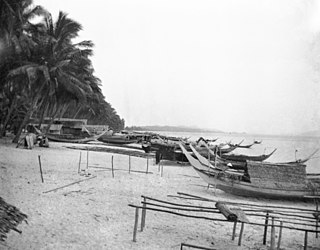
The Battle of Kota Bharu began just after midnight on 8 December 1941 before the attack on Pearl Harbor. It was the first major battle of the Pacific War, and was fought between ground forces of the British Indian Army and the Empire of Japan.

HMS Sea Rover was a third-batch S-class submarine built for the Royal Navy during World War II. Completed in July 1943, she conducted one war patrol off Norway, before being re-assigned to the Pacific theater. Arriving in February 1944, the boat conducted several patrols in the Strait of Malacca, sinking one transport, one gunboat, one merchant, three sailing vessels, two coasters, and one lighter. During this time, she was attacked several times by aircraft and surface ships; in one attack, she took on two tons of water from leaks caused by depth charges. Sea Rover collided with an Australian corvette in December 1944, and she was sent back to England, then the United States, for repairs. After the war ended, the boat was sent back to England, placed in reserve, then sold for scrap in October 1949.
HMS Porpoise (N14) was one of the six-ship class of Grampus-class mine-laying submarines of the Royal Navy. She was built at Vickers Armstrong, Barrow and launched 30 August 1932. She served in World War II in most of the naval theatres of the war, in home waters, the Mediterranean and the Far East. She was sunk with all hands by Japanese aircraft on 19 January 1945, and was the last Royal Navy submarine to be lost to enemy action.
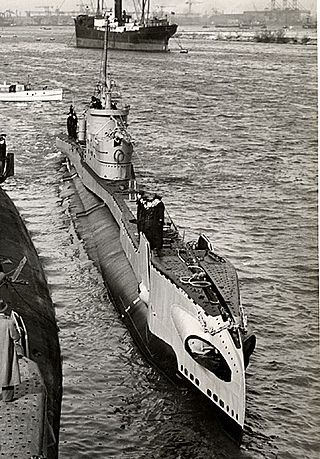
HMS Taurus was a Second World War T-class submarine, built by Vickers Armstrong, Barrow.
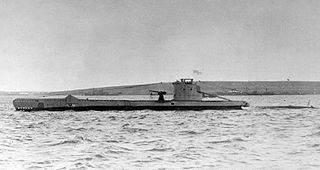
HMS Urge was a British U-class submarine, of the second group of that class, built by Vickers Armstrong, Barrow-in-Furness. She was laid down on 30 October 1939, and was commissioned on 12 December 1940. From 1941–1942 she formed part of the 10th Submarine Flotilla based in Malta and spent most of her career operating in the Mediterranean, where she damaged and sank enemy warships and merchant vessels and undertook both SBS and SIS special operations. She was commanded by Lieutenant-Commander Edward Philip Tomkinson, DSO, RN. She was lost with all hands and a number of naval passengers on 27 April 1942 after striking a German mine off Malta.

Hatsutaka was the lead vessel in the Hatsutaka-class of medium-sized minelayers of the Imperial Japanese Navy, which was in service during World War II. She was designed as an improved version of Shirataka anti-submarine netlayer. However, during the Pacific War, due to the critical shortage of escort patrol ships, she was fitted with depth charge racks, her minelaying rails were removed, and she was used primarily for convoy escort duties.
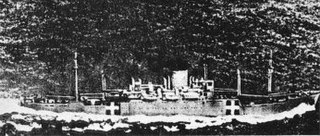
The Awa Maru (阿波丸) was a Japanese ocean liner owned by Nippon Yusen Kaisha. The ship was built in 1941–1943 by Mitsubishi Shipbuilding & Engineering Co. at Nagasaki, Japan. The vessel was designed for passenger service, but the onset of war by the time work was completed changed requirements, and she was requisitioned by the Japanese Navy. While sailing as a relief ship under Red Cross auspices in 1945, she was torpedoed by USS Queenfish (SS-393), resulting in the death of all but one of the 2,004 people aboard.
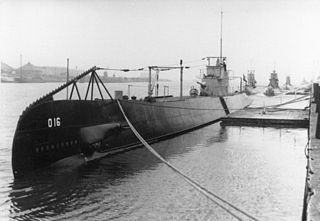
HNLMS O 16 was a submarine of the Royal Netherlands Navy that saw service during World War II. She was the first submarine of the RNN manufactured from high-quality Steel 52, with the ability to dive at a depth of 80 metres (260 ft).

No.7, also sometimes called W-7 was a No.7-class minesweeper for the Imperial Japanese Navy. It was laid down on 27 October 1937, and completed on 16 June 1938.

The 8th Submarine Squadron of the Imperial Japanese Navy was based at Swettenham Pier, Penang, Malaya, until late 1944 during World War II. Its mission was to disrupt Allied supply lines in aid of Nazi Germany.
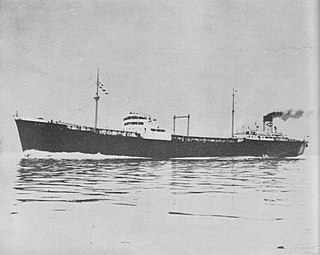
Kuroshio Maru was a tanker that was built in 1938 for Japanese owners. She was chartered by the Imperial Japanese Navy and Imperial Japanese Army during World War II: the ship was sunk in January 1945 at Takao, Formosa by American aircraft. Salvaged in 1946, she was allocated as a war prize to China and renamed Yung Hao, but was forced to remain at Hong Kong by the British. She was requisitioned by the Admiralty during the Korean War and allocated to the Royal Fleet Auxiliary. She was to have been named RFA Surf Pilot but due to her poor condition she did not serve in the Royal Fleet Auxiliary. She served as Surf Pilot, a tender to HMS Terror until 1958 and was subsequently scuttled off Pulau Aur, Malaya in 1960.
CH-7 or No. 7 was a No.4-class submarine chaser of the Imperial Japanese Navy during World War II.


















